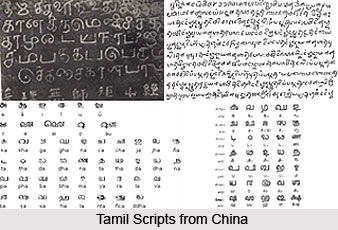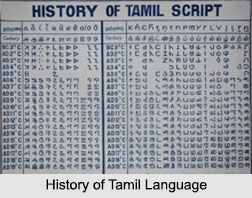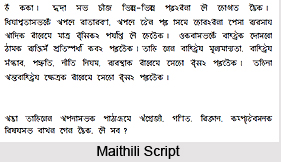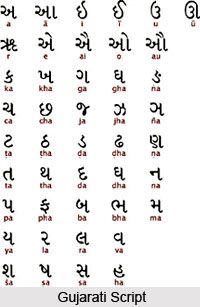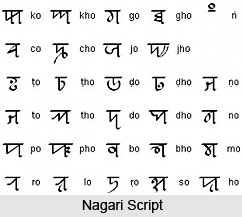North-east India is that bundle that is represented by the seven sister states of Arunachal Pradesh, Assam, Manipur, Meghalaya, Mizoram, Nagaland and Tripura. The distinct dissimilarity that is manifested through these border-line states is that each state has to unfold a legend of its own. Indeed, north-eastern India enshrouds within itself the vast unexplored and unknown tracts, some of which are perhaps still to witness the light of day. `India shining` can no more be better described than through these cluster of states, misty as they are always in environs. Though much smaller in total square feet area as opposed to their other Indian counterparts, north-eastern states predominate and override in its indigenous tribal population and culture, which comes forth in every style of living - beginning from cooking, approach to eating, dressing, singing, dancing, music, architecture, literature and of course, its ancientness in language. The terms: `wealth`, `richness`, or `luxury` or even `lush` flawlessly manifest themselves in these north eastern states, and which would not be an understatement if it is more stated that they have been doused with raw Himalayan splendour. Lapping up the outer Himalayan section, India`s north-east begins and ends in this denominated boundary line, wherein revolves the not-much publicised day-to-day transactions of tribal society, that has since modernisation taken a significant leap from quaintness to bustle. This has, as a result, made a deep and lasting impact upon north-east Indian languages and their fashion of accents.
Going by and following the 1971 census, there exist approximately 220 languages spoken in the north-east Indian states, belonging basically to three language families, specifically Indo-Aryan, Sino-Tibetan and Austric. The Indo-Aryan language family is represented primarily by Assamese and Bangla; Austro-Asiatic language family is represented chiefly by Khasi and the Sino-Tibetan family of languages is exemplified by the Tibeto-Burman and the Siamese-Chinese sub-families. Besides these, there also exist languages of the Tea-Tribes under the north-east Indian languages configuration. However, the bulk of languages spoken here belong to the former group of language families, while the latter (referring to the language of tea-tribes) is interpreted by a few Thai languages like Khamyang, Khamti, Aiton, Phakyal and Turung. In this context, it is meaningful to be acknowledged here that Ahom, a language belonging to the Thai group has over the years significantly merged with Assamese.
There exists an accepted conjecture that the Tibeto-Burman tribes had arrived by way of Burma and entered the hills and valleys of north-eastern India in approximately around 1000 B.C. From then onwards, they gradually intruded upon the Austric settlers, who have existed in these parts since 2000 to 2500 B.C., and drove most of them to seek shelter in the mountainous regions. That was precisely how the Khasis prospered in their mountain homes high on the hills of Meghalaya, forever resting an impact upon the evolvement of north-east Indian languages and their gradual amalgamation with other north-eastern sections.
However, the greatest density of Tibeto-Burman speakers is found in the north-eastern part of the country, as compared to other Indian regions and populace. As such, north-east Indian languages comprise Assamese, Nepali, Manipuri or Meiteilon, Kokborok or Tripuri, Nagamese, Mizo, Khasi, Garo, Bodo, Karbi, Dimasa, Mishing and Apatani, Bishnupriya Manipuri language and Rabha.
